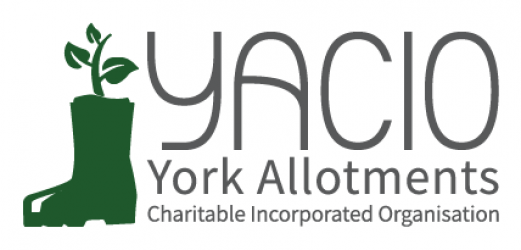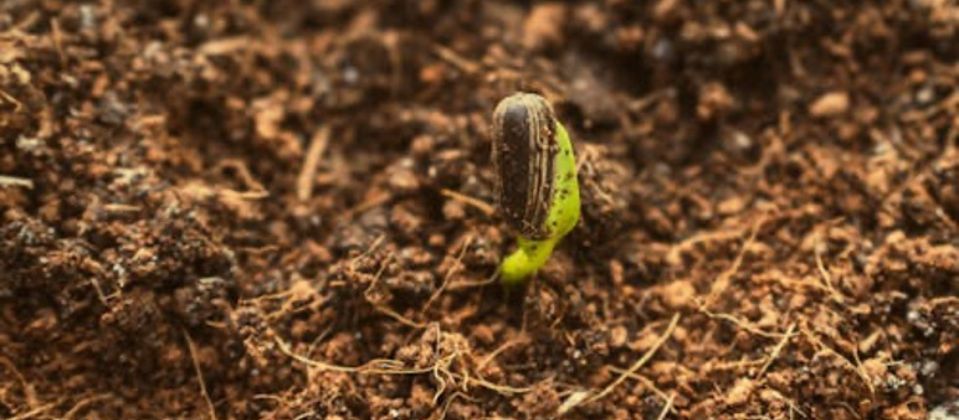The difference between spindly pest ridden crops and strong vigorous productive ones lies in the quality of your soil, the micro-organisms and trace elements in it and the plants’ ability to take up nutrients. So as previous episodes of Plotlines have emphasised, tending your soil and making abundant compost on your plot are absolutely essential to good growing. That also, of course, means more nutrients available in your crops for your own good health; so much food grown with chemicals lacks essential minerals (not to mention so called food that is processed in a factory and not grown at all).
Some gardeners are happy to use manure believing it will ‘enrich’ their allotment land. (It’s worth remembering that by the time it has sat in a heap on your allotment site for a few weeks most of the nutrients will have washed down into the ground – old manure sites grow fab nettles as a result!) What manure offers is nitrogen, which is helpful for leafy crops, less so for fruiting ones like courgettes and beans and squash. And of course it comes from animals, which you may want to avoid in your food cycle; after all, what have they (usually cattle or horses) been fed? How have they been cared for? What antibiotics or other drugs have they been given? Are they farmed organically? Many farm animals are regularly dosed with vermicides, for instance, to kill off any worms in their guts. So if you spread contaminated manure on your land, bang go your precious worms! Or a herbicide, aminopyralid, may have been used on their feeds and be present still in the manure so when you apply it you are killing growing plants on your plot. The same is true of clopyralid which is in lawn weedkillers and may be present in municipal ‘green’ waste. Traces of such drugs can well linger – neither your allotment association nor the farmer is going to be testing to be able to reassure you there is no residue. A better bet might be to use bedding from pet animals that are vegetarian, like guinea pigs and rabbits bedded on straw; ask around……
You can get very scientific about your food growing and work out the nitrogen, potassium and phosphorus needs of different crops and their availability in your soil. But really all you need to do is practise good organic cultivation, by composting using readily available materials like household kitchen waste, fallen leaves, dilute urine, unprinted brown cardboard, wood ash, annual weeds, straw, grass cuttings, leafy prunings and hedge and tree shreddings. Seaweed is a wonderful addition, but we’re forty miles from the coast here and it’s not legal to remove seaweed from the Crown lands which are our foreshores. Composting is a biological process so heat is not vital unless you want to speed things up or kill weed seeds.
Other good allotment sources of fertility include using green manures, especially quick growing flowering crops which will also attract pollinators, making liquid feeds from comfrey (the wonder plant) and nettles, and mulching crops so nutrients aren’t washed away and the soil is protected. Biodynamic gardeners use a variety of preparations, which you can make rather than buy, using herbs you may already be cultivating. You can find out, too, which plants complement each other’s growing; the classic example is beans, squash and corn, although the success of that trio does depend on the weather and subsequent timings. But you can learn to plant in guilds, as companion plantings: groups of crops that favour each other and provide a miniature eco-system, providing nutrients, out competing weeds and keeping pests at bay. Good productive food growing is a holistic sympathetic process that you as the gardener gently coax into being and learn from.
Views expressed in Plotlines are those of the author and do not necessarily reflect those of YACIO.


